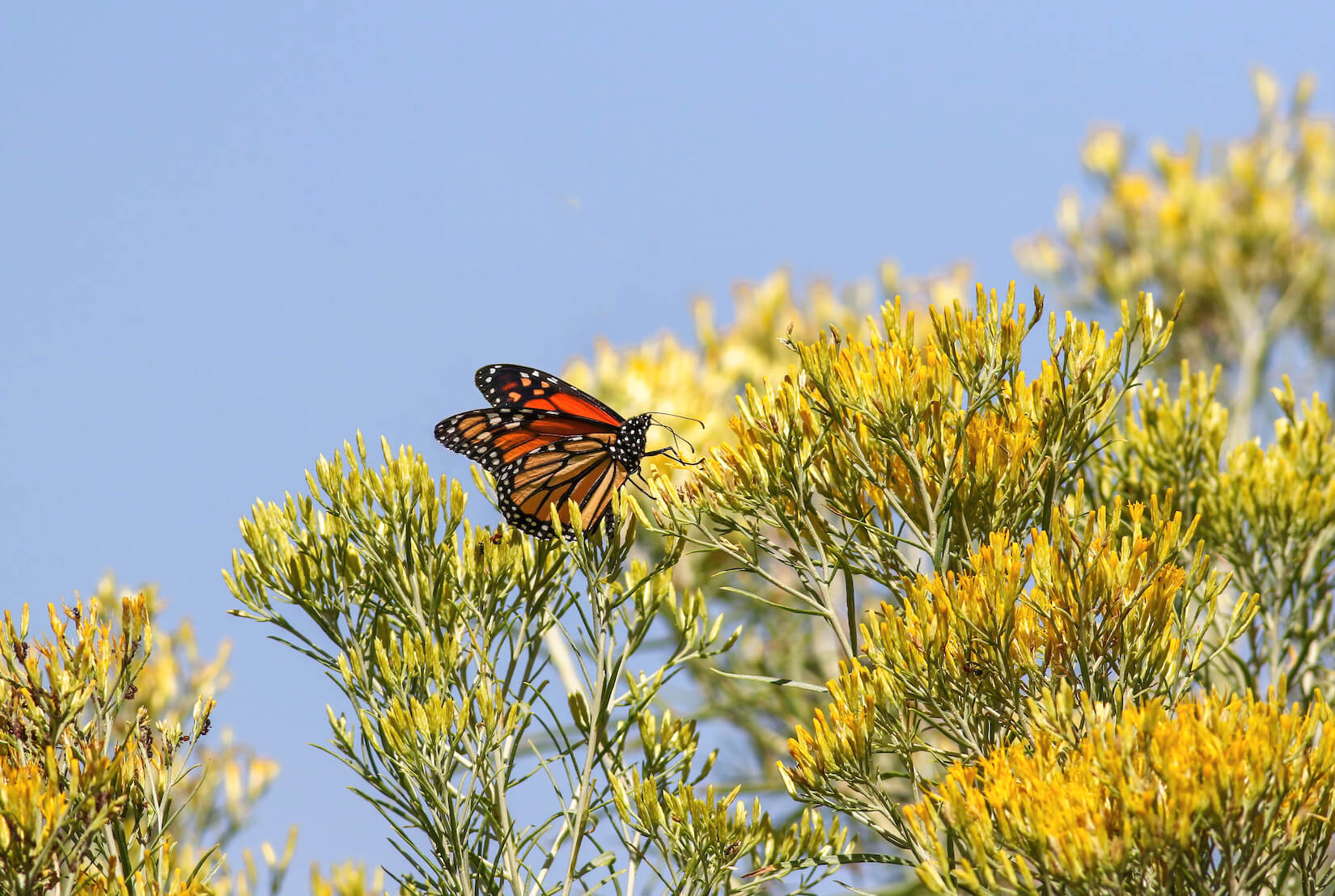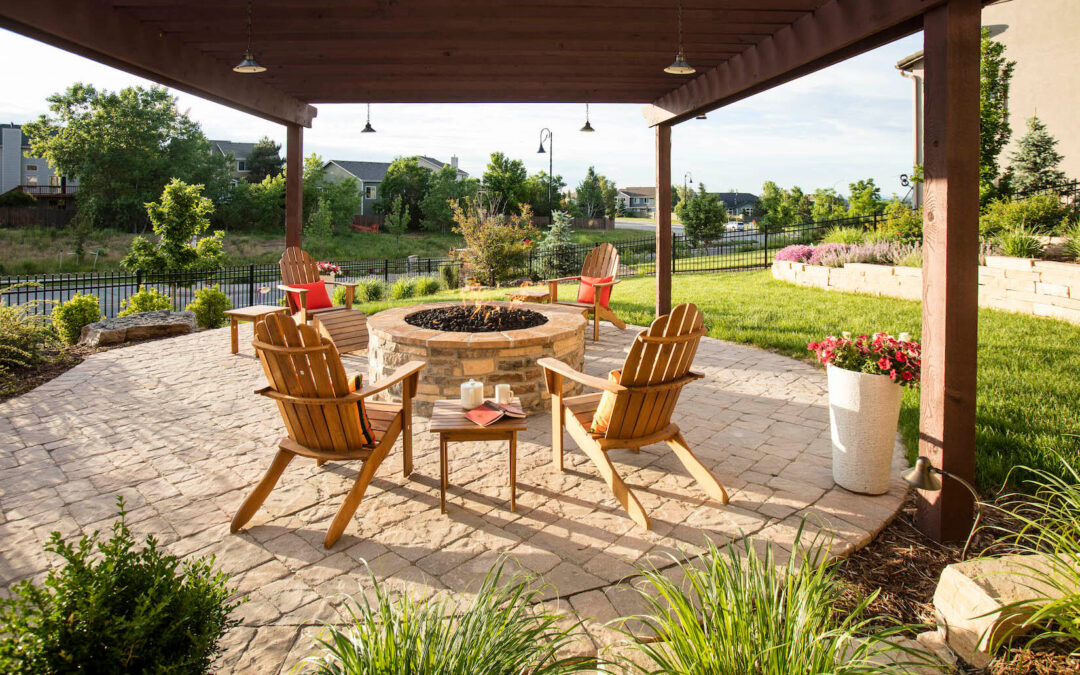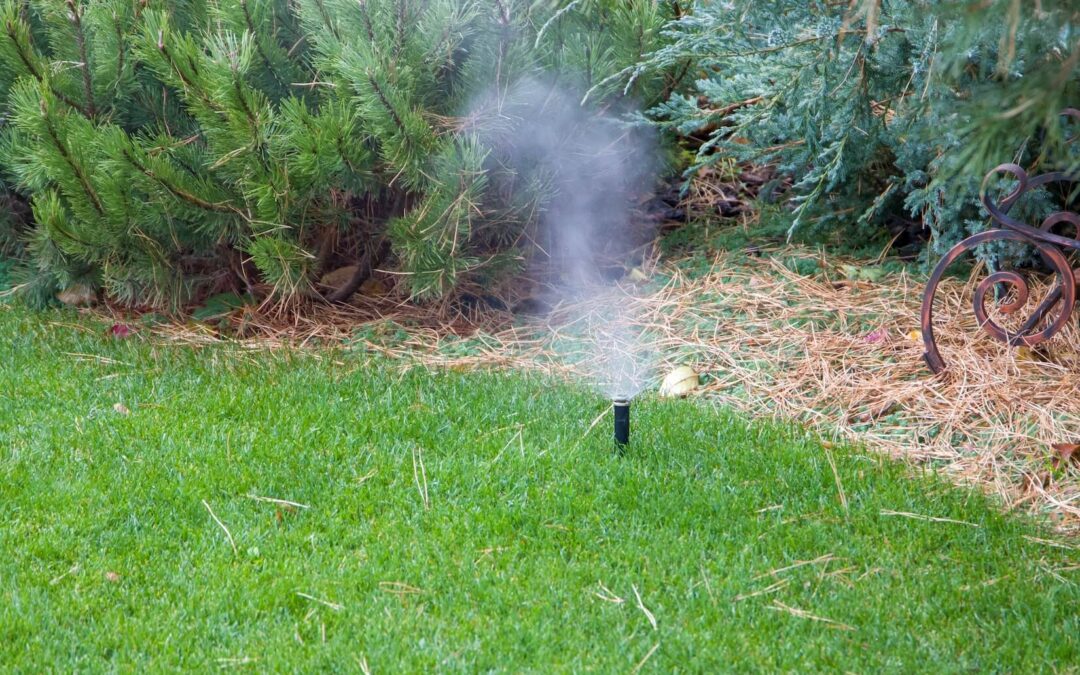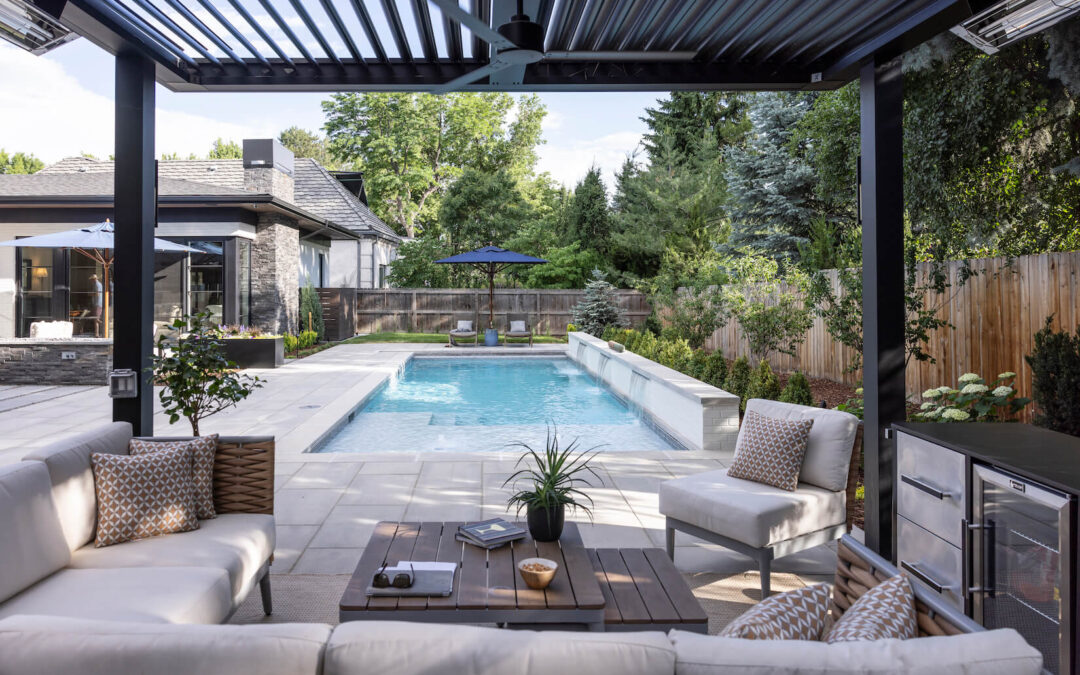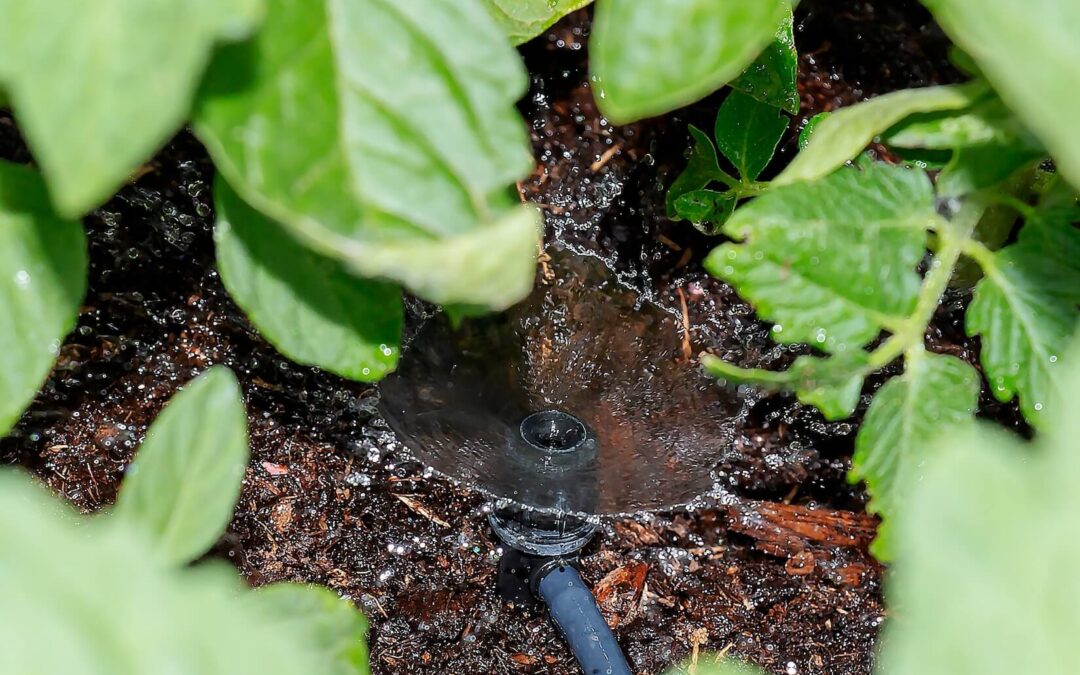Across the western U.S., more and more homeowners and business owners are choosing native plants as the foundation of their landscape design. With its bright yellow blooms and soft, silvery-green foliage, rabbitbrush is a natural fit for this change. Native to states like Colorado, Arizona, and Nevada, it thrives in hot, dry climates, making it an ideal choice for sustainable landscaping.
Rabbitbrush offers many qualities that make it ideal for your backyard sanctuary. As such, Denver landscaping companies are starting to utilize indigenous plants in their designs, emphasizing the importance of working with native flowers, shrubs, and trees.
In this article, we’ll explore why embracing native plants matters and how to incorporate rabbitbrush into your front or backyard designs thoughtfully.
When Landscaping Went Non-Native: A Look Back
For much of the 20th century, landscaping trends relied almost exclusively on non-native plants. While these choices were often made with good intentions, they came with unexpected consequences:
- Russian Olive: Russian olive was planted in the 1920s throughout the western United States and introduced for windbreaks and erosion control. This tree spread rapidly along waterways, crowding out native cottonwoods and willows.
- Tamarisk (Saltcedar): Valued for its drought tolerance, tamarisk consumes large amounts of groundwater and transforms fragile riparian zones.
- Myrtle Spurge: Used as a decorative ground cover, this plant quickly escaped gardens and became invasive. It’s toxic to both people and pets.
These plants were once praised for their hardiness, but over time, they revealed their actual cost:
- Fast Spreading: They spread aggressively, often beyond the boundaries of the yard or property.
- Water Consumption: These plants can consume more water than their native alternatives, which is especially problematic in dry climates like Colorado.
- Loss of Habitat: They outcompeted native species, leading to a decline in local biodiversity and habitat loss for birds, bees, and other pollinators.
Today’s landscapers are learning from the past and returning to native plants.
What Makes Native Rabbitbrush Special
Rabbitbrush is easy to spot thanks to its bright yellow blooms and soft, silver-green foliage. It’s a hardy shrub that grows naturally across dry plains, foothills, and desert landscapes. It usually grows about 3-4 feet tall, but can grow up to 7 feet if it’s happy. It needs to be planted in full sunlight. Rabbitbrush isn’t just decorative; it plays an important ecological role and offers several benefits to the environment, including:
- Pollinators: Rabbitbrush supports pollinators like bees and butterflies. This pollination is necessary for the protection of indigenous wildlife.
- Habitat: Rabbitbrush provides habitat for small birds and insects. Without it, species will be crowded out of their natural environment.
- Soil: Rabbitbrush improves soil health because its deep roots help prevent erosion.
- Irrigation: Rabbitbrush can thrive without irrigation, fertilizers, or pesticides. This is a benefit of indigenous plants that have acclimated to their climate.
How and Why to Use Rabbitbrush in Landscape Design
Landscape designers understand the value of native plants, especially rabbitbrush, and incorporate them into their designs for aesthetic and ecological reasons. Below are a handful of the many reasons rabbitbrush is a natural for your landscape design:
- Vibrant Blooms: Vibrant colors burst into bloom in late summer and early fall with bright, yellow blossoms.
- Mellow Foliage: Soft, silvery foliage contrasts sharply with other darker evergreens or hardscape materials like rocks or wood.
- Natural Shape: Naturally round and full, it looks intentionally tidy in a landscape design garden.
- Pairs Well: Complements other native plants, enhancing the natural look of pollinator gardens, xeriscapes, and prairie-style yards.
- Drought-Tolerant: Its status as the king of drought-tolerant plants makes it an excellent choice for high-altitude, dry climates where getting water is an issue.
- It’s a Survivor: Grows naturally in deserts, foothills, and rocky terrain, environments where other plants can’t survive.
- Sustains Wildlife: According to the National Wildlife Federation, rabbitbrush supports 20 species of caterpillars and nearly 90 types of native bees, making it an authentic MVP for pollinator habitats.
Rabbitbrush is a favorite among landscape designers who want a bright, colorful, drought-tolerant feature that sustains the environment.
How Landscape Designers Use Rabbitbrush
Rabbitbrush is well-suited to many drought-tolerant landscape designs, but here are a few where it plays a supporting role in the overall aesthetic and ecological health of the space:
- Pollinator Gardens: Landscape designers often place rabbitbrush alongside milkweed, penstemon, and bee balm to attract bees, butterflies, and hummingbirds. Its late-season blooms provide critical nectar when other flowers are fading.
- Low-Water Landscapes or Xeriscaping: Rabbitbrush is a favorite for any landscape design that needs plants that can survive on very little water. It’s often used in borders to soften rock walkways or boulder designs.
- Naturalistic Landscapes: Rabbitbrush is a beautiful addition to a landscape design resembling open meadows or the West’s native plains. It pairs well with grasses like blue grama, little bluestem, and native wildflowers.
- Wildlife-Friendly Yards: Designers use rabbitbrush to create mini habitats, planting them near birdbaths, along back property lines, or as informal hedges that double as cover for small animals and birds.
Using rabbitbrush in a hot, dry climate makes perfect sense, and can beautify and enhance any landscape design’s aesthetic and ecological function.
How to Plant and Grow Rabbitbrush in Your Backyard
Growing rabbitbrush in the western United States is straightforward. Once it’s rooted and established, it will be a well-loved part of your landscaping. Here are some growing tips to get you started:
- Rabbitbrush Loves Sun: Choose a sunny spot with well-drained soil. Rabbitbrush thrives in full sun and doesn’t mind poor, sandy, or rocky soil — just avoid areas where water pools.
- Water at First: Provide consistent moisture during the rabbitbrush’s first growing season to help the roots establish, then taper off. Once established, rabbitbrush becomes highly drought-tolerant.
- Trim: In late winter or early spring, light pruning will encourage fuller growth and help maintain the plant’s shape, but it needs little upkeep beyond that.
With just a bit of care early on, rabbitbrush will reward you year after year with its vibrant color, rugged charm, and easygoing nature.
Denver Landscape Design Company Uses Native Plants
As we’ve seen, bringing back native, indigenous plants to the Colorado landscape is essential for maintaining our natural ecosystems and preserving the vibrant beauty, resilience, and biodiversity of our magnificent state.
C&H Landscaping uses indigenous plants like rabbitbrush to design beautiful, low-maintenance desert landscapes for Colorado homes and businesses. If you’re ready to transform your backyard or create a complete landscape design tailored to your property, we’re here to help.
Do you have questions about your landscaping project? Call us directly at (303) 988-1873. We’re happy to discuss your ideas and offer guidance.
At C&H Landscaping, our mission is to transform everyday outdoor spaces into something extraordinary with creative designs and top-notch craftsmanship. Expert Denver landscaping services from custom design to professional installation. We offer tailored solutions that enhance curb appeal, increase property value, and bring your vision to life.

